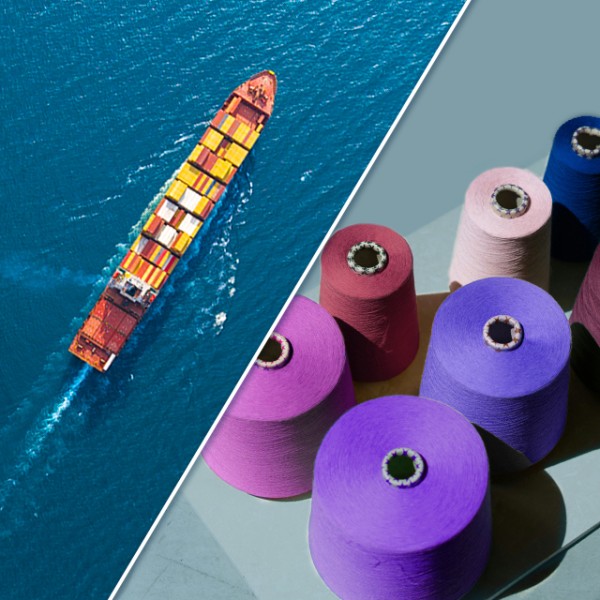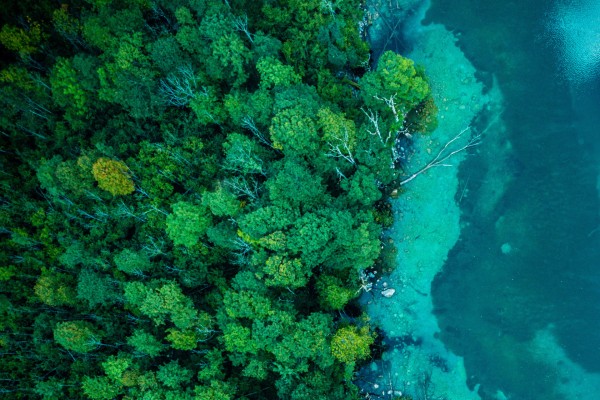October 2025
Where biodiversity risks grow, greenwashing follows
Foreword
A message from our President, Nicole Streuli-Fürst
Welcome to our 2025 greenwashing and biodiversity report, the fourth in our annual RepRisk greenwashing report series.
Our RepRisk mission, to provide transparency on business conduct risk and drive positive change, puts greenwashing high on our agenda.
While last year’s report saw an overall decline in the volume of greenwashing, this year’s data reveals that incidents of greenwashing in relation to biodiversity have tripled.
As an environmental scientist, biodiversity is my passion. We all instinctively understand the need to protect nature. Whether it’s endangered arctic species that tug on our heart strings, or we see fewer songbirds visiting our gardens, we know that biodiversity loss diminishes our world.
But, like climate change, biodiversity risk has deeper impacts on our lives. All economic activity depends on nature for raw materials, and our biggest economies are the most nature dependent, according to the World Economic Forum: USD 2.7 trillion of Chinese GDP comes from nature-dependent sectors, USD 2.4 trillion in the EU, and USD 2.1 trillion in the United States.
Yet, in some regions, a sustainable, nature-positive approach is being challenged by short-term pressures. In the face of that challenge, investors and consumers are looking for transparency they can trust. Where claims and pledges are not aligned with sustainable actions, it’s not only reputations that are at stake. The long-term financial and operational risks associated with greenwashing and biodiversity loss are increasingly deterring investors, partners, and customers.
Risks to the natural world are also risks to the commercial world. Banks, asset managers, and corporations must manage those risks to thrive in an increasingly complex world, where trust and transparency are vital.
To help our clients to do that, RepRisk is continually expanding company coverage. And, since 2025, we have also introduced new, dedicated Topic Tags for Greenwashing and Social Washing, allowing us to provide even more granular analysis in this year’s report, setting the global standard for business conduct data.
Nicole will speak at the 2026 World Biodiversity Forum in Davos, Switzerland.
# I. Introduction
Our 2025 report focuses on the strong link between biodiversity risk and greenwashing. The share of companies linked to both greenwashing risk and biodiversity risk has doubled in five years – from 3% in 2021 to 6% in 2025. 1
Loss of biodiversity, or the variety of living organisms across the Earth’s ecosystems,2 has a high price. The World Economic Forum calculates that half of global GDP depends on nature to sustain the other half.3 From clean water to crop pollination, the world economy relies on a biodiverse ecosystem.
Yet pledges made to tackle risks to the world’s ecosystem often fail to make any tangible difference. In fact, growing pressure to address biodiversity risk could be fueling a rise in greenwashing, with overstated or misleading claims distorting risk perception and capital flows. Empty pledges and ineffective box-ticking leave many sectors exposed, not only to regulatory and reputational risk, but to financial losses.
In 2025, 19% more Banking and Financial Services organizations were flagged for greenwashing risk than in the previous year. In this report, RepRisk’s latest global data4 reveals how biodiversity and greenwashing risks are surfacing across sectors and geographies, indicating patterns that suggest growing resilience issues for businesses. By tracking real-world incidents, our report highlights how misrepresentation can compound the financial, regulatory, and reputational consequences of biodiversity loss.5



